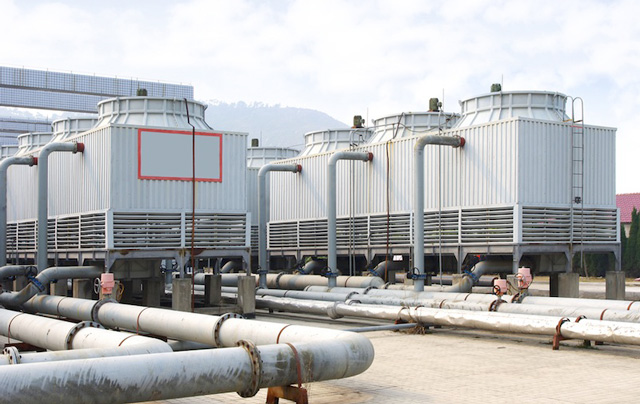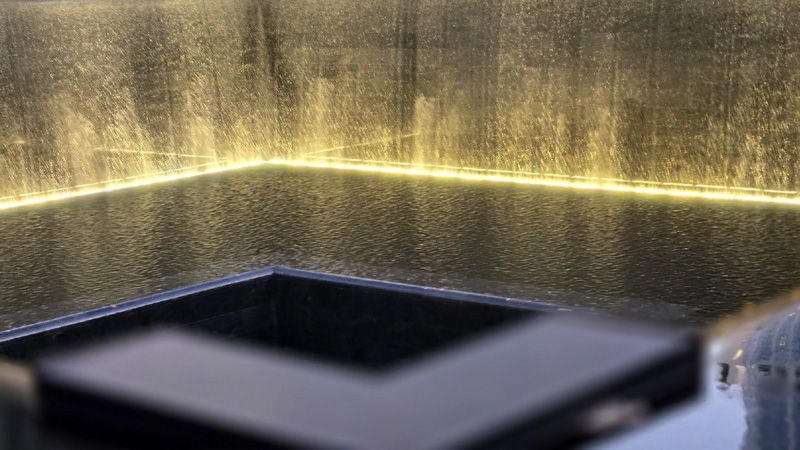
By Rene Mitchell
Imagine going to school, work, or your local supermarket and returning home with a bacterial infection that could possibly kill you. Residents of southern sections of the Bronx are facing this possibility again after a new outbreak of Legionnaire’s in area schools and hospitals.
Legionnaire’s disease is a type of pneumonia caused by bacteria called Legionella. The bacteria is found naturally in the environment, but grows in large warm water sources like cooling towers, hot water tanks, and decorative fountains. People can contract the disease after inhaling mist or vapor containing the bacteria.
The disease is a lung infection, a severe form of pneumonia. Symptoms of Legionnaire’s disease include: cough, high fever, shortness of breath, muscle aches, chills, chest pain, nausea, vomiting, diarrhea, confusion or other mental changes according to the Mayo Clinic.
In the latest cases, seven people fell ill from bacteria in cooling towers in Einstein College, Chase bank, Calvary Hospital, Bronx State Psychiatric, and Lehman High School. Fortunately, there were no fatalities reported to add to the 12 deaths from the initial outbreak. Most of those who died from the disease were over 35 and suffered from underlying medical conditions.
Building owners are in charge of maintaining and cleaning cooling towers. However, some owners are failing to perform adequate maintenance. What’s more, the city failed to keep records of buildings with cooling towers and did not oversee that the cleaning was performed regularly.

The BP Group, a Queens business that maintains air conditioning, has a Legionnaires disease prevention plan and it sends engineers to test the water systems for its clients. Regulating cooling system cleanings is key to ending this epidemic in the Bronx, says Michael Brathwaite Sr., VP of operations at BP Air Conditioning.
“This involves a trained engineer visiting the client premises and making an assessment of the water system, with potential to be colonized by Legionella bacteria and various factors favorable for their continued growth,” says Brathwaite.
City officials and health experts still don’t know why the Legionella bacteria has been popping up in the Bronx more than other boroughs. There has been, however, seven cases of Legionnaire’s disease reported among high school students in Long Island.
The disease gets its name from an outbreak in 1976 outbreak, when attendees of a Philadelphia American Legion convention developed the condition.
Legionnaire’s disease is curable, especially if the patient goes for treatment once symptoms begin to show. According to the Mayo Clinic, doctors can diagnose Legionnaire’s disease in six different ways: a urine test that checks for Legionella antigens, a blood test, a chest x-ray to determine the severity of the infection in the lungs, test a sample of sputum or lung tissue, a CT scan of the brain, or a spinal tap. The CT scan and the spinal tap are only done if the person is suffering from neurological symptoms such as confusion or trouble concentrating.
Once the diagnosis is established, the patient is given one of three major antibiotics: fluoroquinolones, macrolides, or tetracyclines. The antibiotic used is based on the patient’s mental state and tolerance of medicine. Patients can be hospitalized up to two weeks before the disease is cured. According to the National Human Services, Legionnaire’s disease can lead to life threatening complications that may result in death. Patient deaths can be caused by kidney and/or lung failure or the patient going into septic shock, which occurs when blood pressure drops dangerously low.
Legionella bacteria grow in 68-102 F water and multiply in the presence of algae and organic matter. Algae grow in any damp, warm environment that possesses carbon dioxide, sunlight, and minerals. The growth of Legionella bacteria can be prevented with proper building maintenance. The Canadian Centre for Occupational Health and Safety advises building owners to flush their water systems regularly to prevent the water from stagnating. Also, fresh air intakes, which regulate the air and gases coming into your home, should not be located close to cooling towers due to the chance of contaminated aerosols entering the ventilation system.








No comments